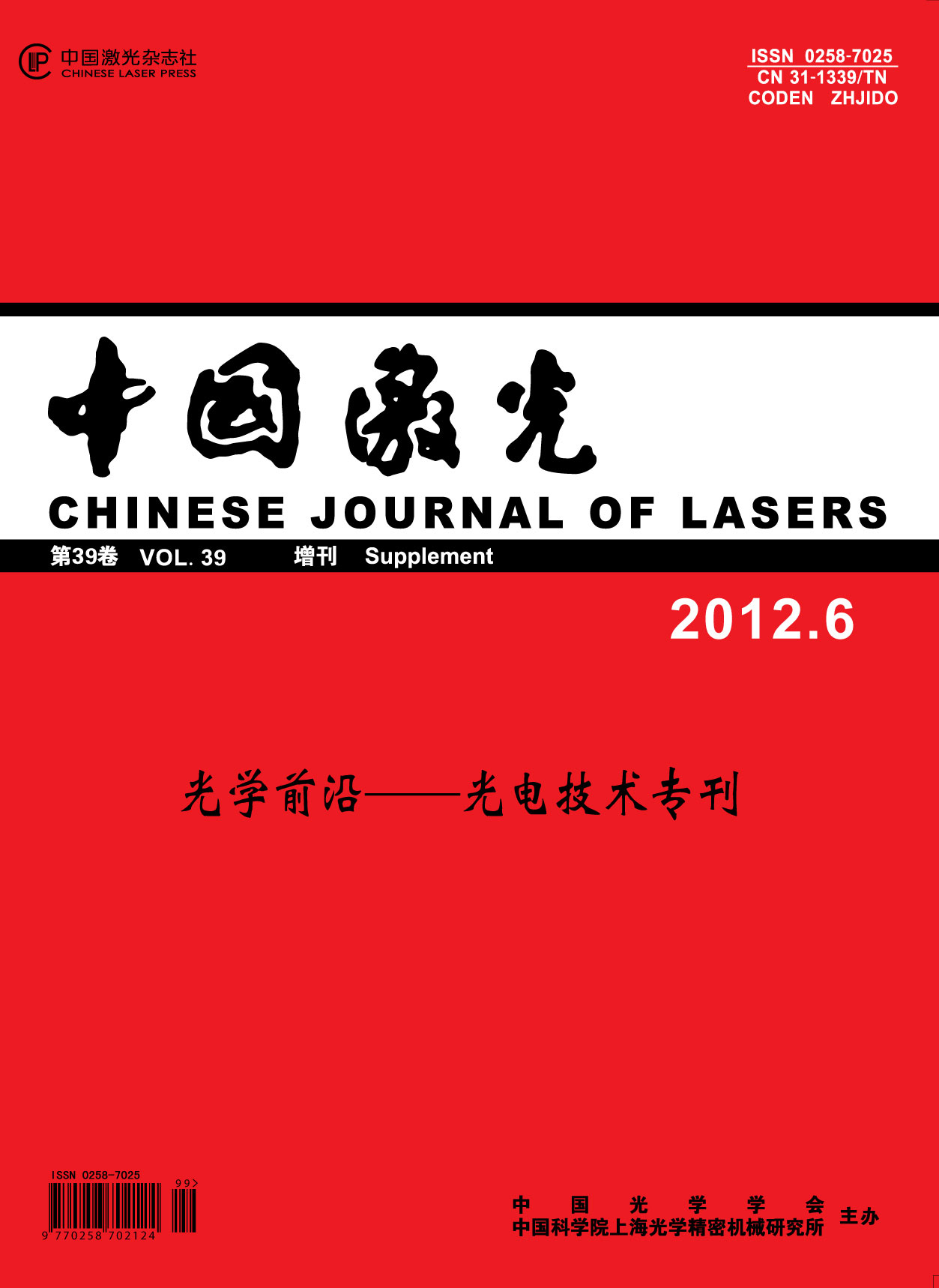中国激光, 2012, 39 (s1): s102015, 网络出版: 2012-05-28
基于热力循环的激光微推力发动机特性研究
Research of Micro Laser Thruster Engine Performance Based on Thermodynamic Cycle Analysis
激光技术 激光推力器 热力循环效率 冲量耦合系数 比冲 laser technique laser thruster thermodynamic cycle efficiency impulse coupling coefficient specific impulse
摘要
以微小卫星姿轨控为任务的激光微推力器是近些年激光推进技术应用研究的热点。在激光微推力发动机热力循环分析的基础上,研究影响激光微推进热力循环效率的因素,提出了通过改变激光功率密度和靶材掺杂特性来同时提高比冲和冲量耦合系数的方法,实验验证了激光功率密度和靶材掺杂对发动机性能影响的规律。结果表明,激光与靶材的特性共同决定了热力循环效率的高低,激光功率密度的提高能够增加产生激波波后的压力,一定程度上提高比冲,却会使冲量耦合系数下降;掺杂能够增强靶材对激光能量的吸收,使比冲和冲量耦合系数都提高,而两者都能够一定程度上提高激光微推力发动机的热力循环效率。
Abstract
In the recent years, the micro laser thruster is the focus of the applied research of laser propulsion technology, which is aimed to apply in the task of pose and orbit control of the micro satellite. Based on the thermodynamic cycle analysis of the micro laser thruster engine, the effect factor on thermodynamic cycle efficiency is researched. The method of improving the propulsion performance is proposed, which is realized by changing the laser power density and target doping content. The regularity of the engine performance is verified by the experiment. The results indicate that the thermodynamic cycle efficiency is influenced by both laser and target, the pressure behind the shock wave could be increased by the increasing of laser power density, the specific impulse could be increased and the impulse coupling coefficient could be decreased; laser energy absorption could be intensified by the doped target, both specific impulse and impulse coupling coefficient are increased, and the thermodynamic cycle efficiency could be increased to some extent by the increasing of laser power density and target doping content.
叶继飞, 洪延姬, 王广宇, 王殿恺. 基于热力循环的激光微推力发动机特性研究[J]. 中国激光, 2012, 39(s1): s102015. Ye Jifei, Hong Yanji, Wang Guangyu, Wang Diankai. Research of Micro Laser Thruster Engine Performance Based on Thermodynamic Cycle Analysis[J]. Chinese Journal of Lasers, 2012, 39(s1): s102015.





